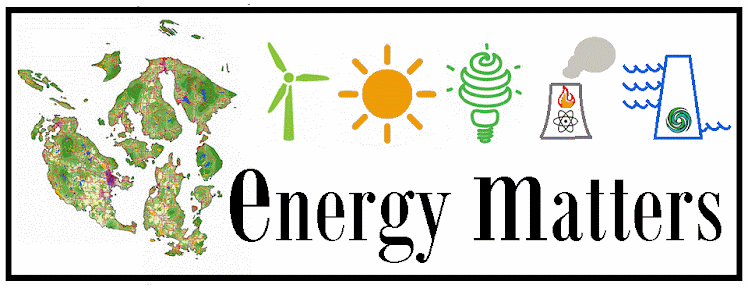As concentration of carbon dioxide continues to climb and ice caps melt at an alarming rate, we can't help but wonder how our lives in the San Juans will be affected.
At the Climate Change lecture series held last month at the Lopez Library, Vincent Dauciunas shared research findings from leading institutions in the field with a packed room of interested Lopez residents. 
A former hi-tech Silicon Valley executive and newly elected member of OPALCO board, Dauciunas delivered an informative presentation the anticipated regional effects of climate change . He drew on modeling work done by National Oceanic and Atmospheric Administration, the Climate Impacts Group of University of Washington and more.
The predictions are for drier summers (up to -12 mm/month) and wetter falls and winters (up to +15 mm/month) 20-60 years from now. Temperature are predicted to increase 2-6 degrees Fahrenheit possibly leading to more evaporation and cloud cover.
The combined change in precipitation and temperature will lead to earlier rains, less snow pack and earlier snow melt.
In terms of hydropower generation, the mainstay of WA's electricity supply, reduced snowpack and higher winter rainfall will mean an increase in generation in the winter but a decrease in the summer.
The net change in total output is unclear, due to the uncertainties of regional modeling.
How about impacts on food production? WA Department of Ecology simulated impacts on potatoes, apples and winter wheat yields in eastern WA locations. On average, the predicted yields on these crops will either see minimal impacts. There are caveats, however. The simulations did not take into account the possible extreme temperatures and precipitation. Nor were the possible impacts by pests, weeds and invasive species considered.
As for sea level rise, if you are concerned about your property being under water, Dauciunas's presentation might ease your mind. The expected rise in sea level happens to match exactly the vertical uplift of the tectonic plate on which our islands sit! This means zero sea level change in 2050 if the model is correct!
Despite the surprisingly mild prospects predicted for San Juan islands, Dauciunas still put himself in the “alarmed” category when it comes to concerns about climate change. His concerns were shared by members of the audience in the discussions that followed his talk.
Other less lucky parts of the world already suffer from droughts, floods, pests, diseases and crop failures which may affect us here thanks to the highly integrated nature of our world economy.
Dauciunas concluded by urging us to take steps towards self-sufficiency, proposing a “50-50-50 initiative”, cutting energy usage by 50%, produce 50% of our own energy, and grow 50% of our own food within 15 years.
For more info and presentation download, go to http://islandsenergymatters.blogspot.com/p/climate-change-lecture-series.html. Dauciunas also has his own website: www.energysanjuan.com

No comments:
Post a Comment